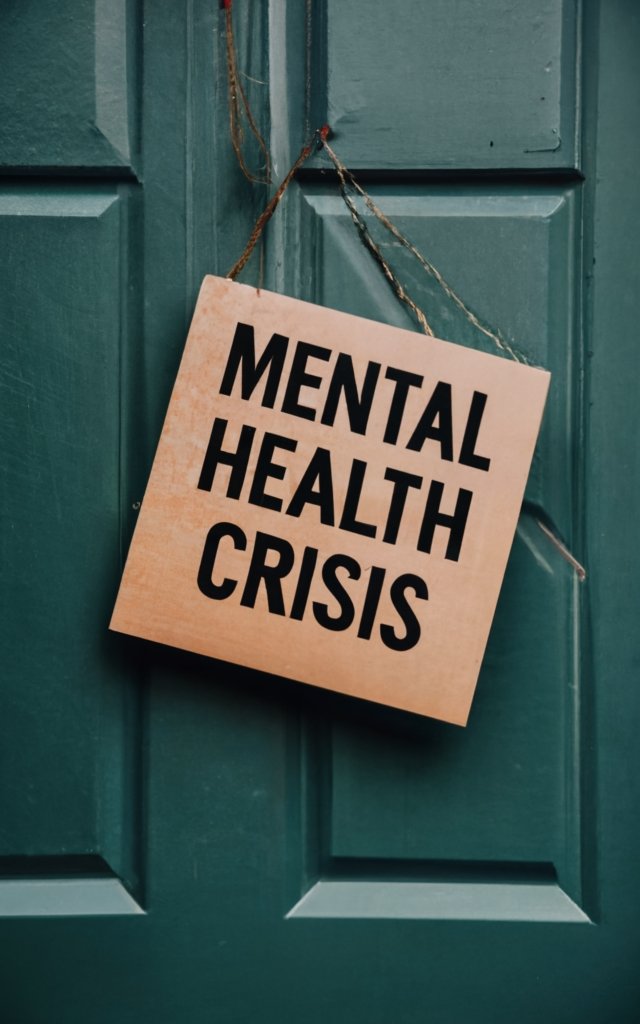The Untold Struggles Behind Rising Mental Health Statistics

In a nation where one in five adults faces a mental health condition, the crisis isn’t just the numbers. It’s the hidden stories they obscure. As 2023 unfolds, the United States confronts a paradox: more people seek mental health treatment, yet 42% of those diagnosed can’t afford the care they need.
Challenging the Illusion of Progress

“Statistics can be deceiving,” says Dr. Sarah Thompson, a leading psychologist. “We may think we’re advancing because more people seek help. But our system fails those who can’t afford treatment.”
The data supports Dr. Thompson’s concerns. In 2021, 21.6% of U.S. adults had a mental health condition, a slight increase from 21% in 2020. This rise may seem like a sign of reduced stigma and increased awareness. However, it also reveals a system stretched thin, unable to meet the growing demand for mental health services.
The Gender and Age Disparities: A Closer Look
The overall numbers are concerning, but disparities among different demographics are even more alarming. In 2020, 51.2% of females received mental health services, compared to just 37.4% of males. “This isn’t just a gender gap; it’s a chasm,” says Dr. Thompson. “We need to ask why men are less likely to seek help and how societal norms contribute to this disparity.”
Young adults, those between 18 and 25, are disproportionately affected. They have the highest rate of mental health conditions at 30.6%. “It’s a ticking time bomb,” warns Dr. Thompson. “If we don’t address this now, we’re setting up an entire generation for a lifetime of struggle.”

The Untold Human Stories

Behind these statistics are real people with real struggles. Take, for example, the 15.3% of U.S. veterans who had a mental health condition in 2019. Or consider the families where one member’s mental health condition can have a ripple effect, impacting everyone from children to the elderly.
“Statistics don’t capture the human element,” argues an anonymous industry expert. “While it’s important to highlight systemic issues, we must also remember that some individuals don’t seek help due to personal choices or cultural factors.”
Dr. Thompson acknowledges this perspective but insists the focus should remain on systemic reform. “Personal choices play a role, but they’re often influenced by systemic issues like lack of access to quality care or societal stigmas. We can’t afford to lose sight of the bigger picture.”
We're At A Crossroads
As Dr. Thompson puts it, “We’re at a crossroads. We can either celebrate minor progress or acknowledge the glaring gaps in our system and take meaningful action.” The 2023 statistics serve as both a wake-up call and a roadmap for urgent reforms. The numbers may be rising, but so too are the untold struggles behind them. It’s time to move beyond statistics and delve into the human stories that define this critical issue. Only then can we hope to enact meaningful change.



